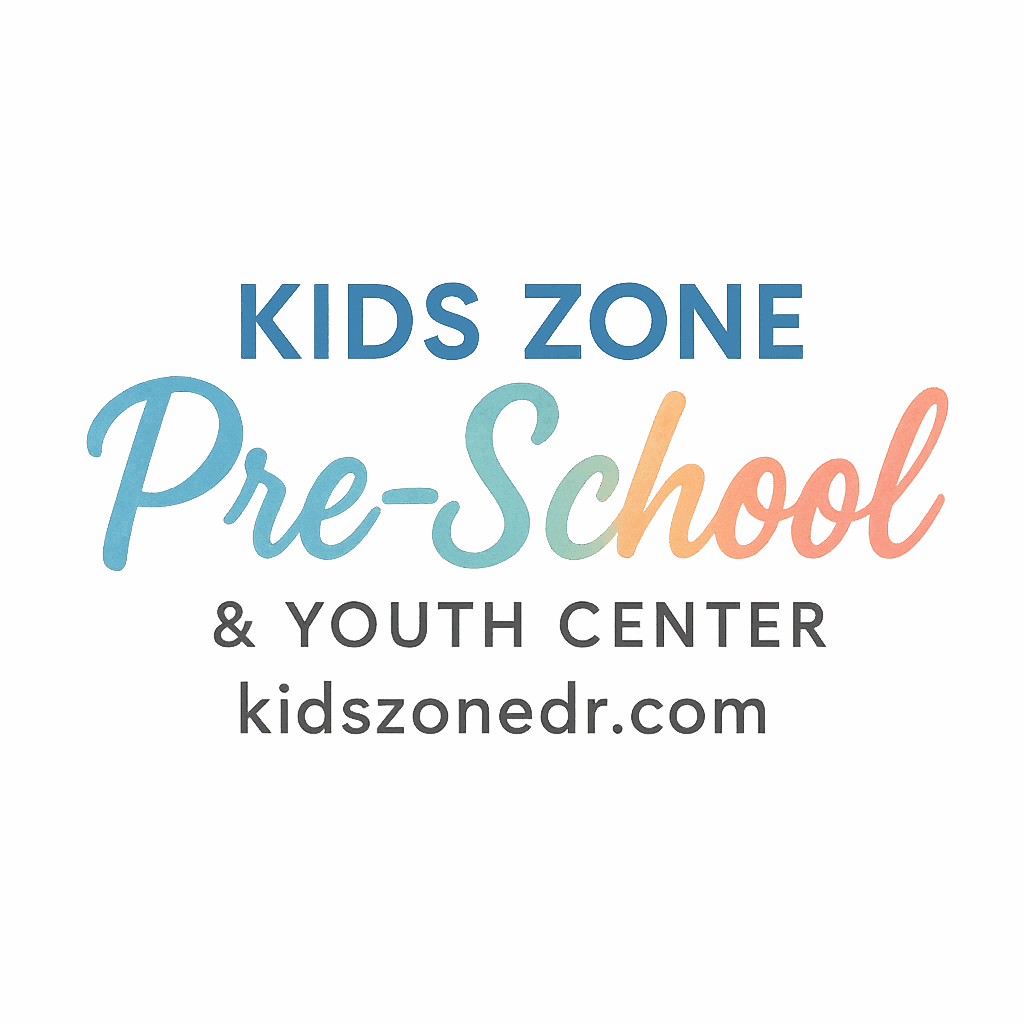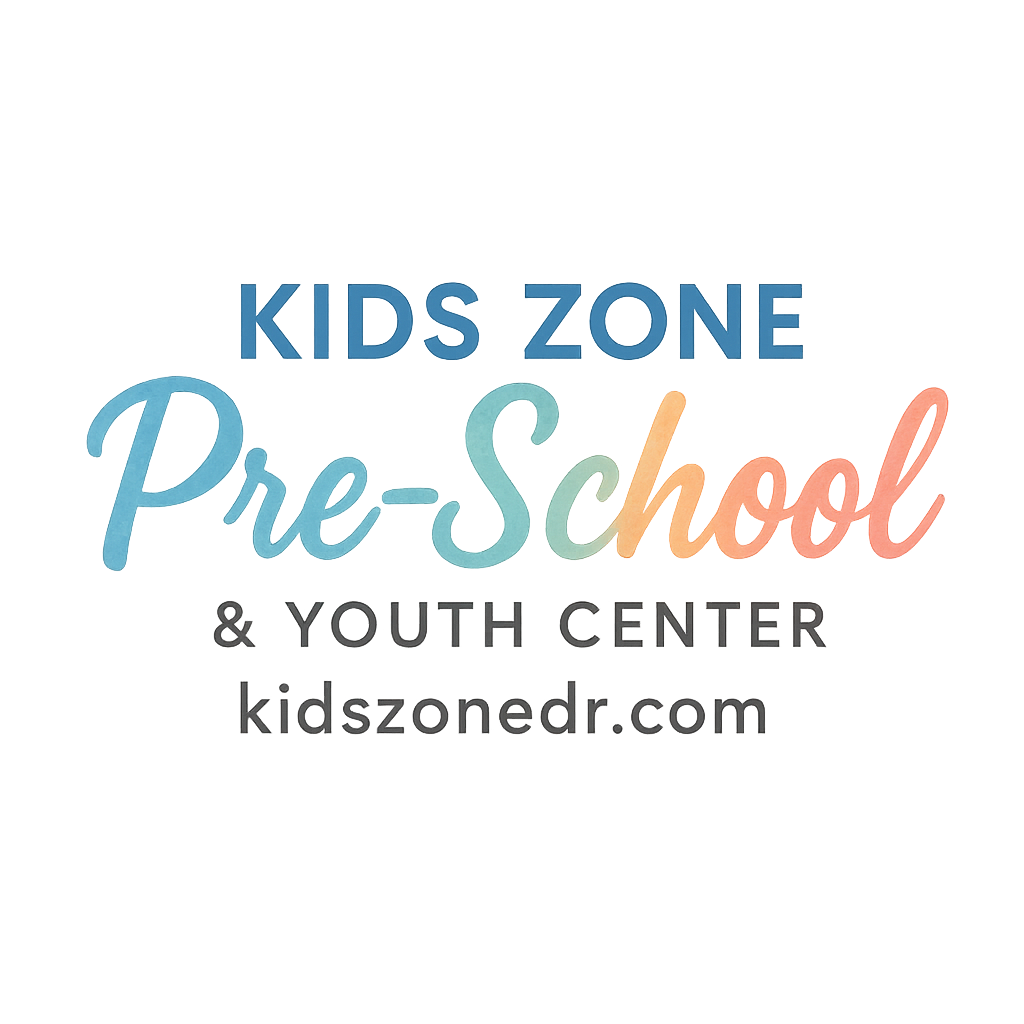H2: Introduction
Art is a powerful tool in preschool classrooms, helping to cultivate creativity and enhance cognitive, emotional, and motor skills. Through hands-on activities, young children learn how to express themselves, solve problems, and experiment with new concepts in a playful environment. Not only does art boost their imagination, but it also strengthens important developmental areas such as fine motor skills and coordination.
In this article, we’ll explore 10 art projects that are perfect for sparking creativity in preschool classrooms. Whether you’re teaching at home or in a school environment, these projects will offer your little learners plenty of opportunities to explore, create, and have fun.
H2: 1. Handprint Art
Engaging Children with a Personal Touch
Handprint art is a timeless, personal way to create unique masterpieces. Children dip their hands in paint and press them onto paper to form prints that can then be transformed into animals, trees, flowers, or even abstract designs. This is a great way to introduce young children to the concept of making something uniquely their own.
Variations of Handprint Art Projects
- Transform handprints into animals like turkeys, lions, or butterflies.
- Turn handprints into a family tree or holiday-themed crafts like a Christmas tree or Halloween pumpkin.
- Use handprints to mark special milestones, such as the first day of preschool, making it a cherished memory.
Benefits for Cognitive Development
Handprint art is excellent for building fine motor skills. The process of gripping a paintbrush or the paint itself helps children develop better hand-eye coordination. It also encourages spatial awareness and problem-solving skills as they figure out how to arrange their handprints into recognizable shapes.
For more creative ideas for young learners, explore preschool learning and development.
H2: 2. Collage Creations
Materials to Use for Collages
Collage-making is an excellent way to nurture creativity in preschoolers. By providing materials such as paper, fabric, buttons, feathers, and natural items like leaves or pinecones, you invite children to experiment with textures and colors.
Step-by-Step Guide for Preschool Collage Projects
- Gather a variety of materials such as colored paper, fabric scraps, buttons, and natural objects.
- Use child-friendly scissors to cut shapes, or simply let them tear the materials by hand for a more tactile experience.
- Encourage children to glue everything onto a canvas or a sturdy piece of paper, allowing them to explore texture and color.
Cognitive and Motor Skills Development Through Collage Art
Collage making isn’t just fun—it’s educational too! It helps improve motor skills and decision-making abilities as children decide where to place each piece. The process enhances their fine motor control as they handle materials and practice using glue or glue sticks.
If you want more activities that focus on sensory learning, check out our article on daily routines and activities.
H2: 3. Nature-Inspired Art
Exploring Natural Materials for Art Projects
Nature provides an endless array of materials that can be transformed into stunning pieces of art. Leaves, flowers, stones, and twigs can all be used to create beautiful and meaningful art projects that engage children’s imaginations.
Steps for Creating Nature-Based Art
- Take children outside to collect natural materials—anything from leaves and flowers to pinecones and small rocks.
- Allow them to arrange the collected items into patterns or shapes on paper.
- For an added touch, have children use these materials to make collages, prints, or textured sculptures.
Enhancing Connection to Nature in Young Learners
Nature-inspired art is not just about creating something beautiful; it’s also an opportunity to connect with the environment. These types of projects teach children to observe their surroundings and gain an appreciation for the natural world.
If you’re interested in fostering an appreciation for nature, visit our article on parental guidance and involvement.
H2: 4. Painting with Different Tools
Benefits of Using Brushes, Sponges, and Other Tools
While brushes are the most common tool for painting, introducing a variety of tools can spark new levels of creativity. Sponges, rollers, combs, or even their own fingers can be used to create textures and designs that traditional brushes can’t achieve.
Introducing Non-Traditional Painting Techniques
- Experiment with sponges to create textured backgrounds.
- Use squirt bottles or droppers to make paint splatters or drips for an abstract effect.
- Try painting with forks or combs to create unique patterns and lines.
Promoting Sensory Exploration Through Painting
By experimenting with different tools, children develop their sensory awareness. Each new method of applying paint allows them to explore new textures and effects, encouraging a deeper connection with their artwork.
For tips on integrating fun and educational activities, check out our article on choosing the right preschool.
H2: 5. Recycled Art
How Recycled Materials Encourage Sustainability Awareness
Teaching children the importance of sustainability is easier when they can directly engage with it. Using recycled materials like cardboard, plastic bottles, and old magazines not only sparks creativity but also helps children understand the concept of reusing and reducing waste.
Creative Ways to Use Recycled Items in Art Projects
- Turn toilet paper rolls into binoculars or telescopes.
- Use plastic bottles or bottle caps to create sculptures or decorative items.
- Repurpose old magazines to make colorful paper beads or jewelry.
Fostering Problem-Solving and Critical Thinking
When children are given the challenge of transforming everyday objects into art, they develop critical thinking and problem-solving skills. They’ll need to figure out how to reimagine materials into something new, which stimulates both creativity and logical thinking.
Check out more ways to help kids develop problem-solving skills in our article on healthy eating habits.

H2: 6. Color Mixing and Experimentation
Teaching Basic Color Theory Through Art
One of the best ways to teach preschoolers about colors is through experimentation. Color mixing is a fun, hands-on activity where children can see how primary colors come together to create secondary colors.
Fun Experiments with Color Mixing
- Use food coloring and water to demonstrate how primary colors blend together.
- Encourage children to mix different colors on a palette or directly on their paper.
- Create a color wheel to help children understand the relationship between primary and secondary colors.
Boosting Creativity Through Color Exploration
Color mixing activities teach children about cause and effect. They also encourage them to explore their creativity by making new hues and shades, allowing them to experiment freely in their artwork.
If you’re interested in learning more about how color impacts children’s development, check out our guide on kids’ development.
H2: 7. Paper Mâché Art
Introduction to Paper Mâché Techniques
Paper mâché is a fun, versatile medium that allows preschoolers to create 3D art projects. By layering paper strips dipped in glue or flour paste, children can mold objects into different shapes, such as masks or animal figures.
Simple Paper Mâché Project Ideas for Preschoolers
- Make animal shapes or masks for dress-up play.
- Create decorative bowls, planters, or vases as unique craft items.
- Craft fun sculptures like snowmen or castles.
Encouraging Patience and Persistence
One of the key lessons learned through paper mâché is patience. The process involves several steps, including drying and layering, which can help children develop perseverance as they wait for their creations to dry.
For more projects that foster patience, explore our article on daily schedule.
H2: 8. Sensory Art Projects
Using Textures and Materials to Engage the Senses
Sensory art projects involve more than just sight—they engage touch, smell, and sometimes even sound. By working with a variety of textures like sand, cotton balls, and fabric, children get to experience their artwork through multiple senses.
Fun Sensory Art Ideas
- Make textured paint by mixing sand into your paint.
- Create sensory bins with items like fabric, foam, or rice for children to explore while making art.
- Use materials like velvet or cotton for collages.
Importance of Sensory Exploration for Preschoolers
Sensory art helps children refine their senses while stimulating brain development. By exploring different textures and materials, they engage multiple areas of their brain, which can improve their ability to process information later on.
For more on how sensory experiences contribute to child development, check out our article on health and safety in preschool.
H2: 9. Finger Painting Fun
Why Finger Painting is Great for Preschoolers
Finger painting is one of the simplest and most joyful art forms for young children. It allows them to explore colors, shapes, and textures in a hands-on, tactile way. Plus, it’s a wonderful way for them to feel the paint as they create, making it a truly sensory experience.
Exploring Colors, Shapes, and Textures Through Finger Painting
- Allow children to use their fingers to experiment with colors directly on the page.
- Encourage them to create shapes, designs, and patterns using just their hands.
- Let them express their emotions through color, abstract designs, or spontaneous hand movements.
Emotional and Developmental Benefits
Finger painting helps children express their feelings through art. It’s an outlet for emotional release and a great way to communicate without using words.
If you want to explore more creative outlets for emotional development, see our article on parenting.
H2: 10. Clay and Playdough Creations
Benefits of Working with Clay and Playdough
Working with clay and playdough offers preschoolers the chance to strengthen their fine motor skills while being creative. The squishing, rolling, and molding actions help develop hand strength, coordination, and dexterity—skills necessary for tasks like writing in the future.
Simple Projects for Preschoolers
- Mold simple shapes like circles, squares, or animals.
- Create imaginative designs such as flowers, trees, or food.
- Explore texture and patterns by pressing different tools into the clay.
Fine Motor Skills and Creativity Development
Both clay and playdough projects help preschoolers develop important fine motor control while also sparking their creativity. By manipulating these materials, they learn about shapes, sizes, and textures in a hands-on way.
H2: Conclusion
Art is a fantastic way for preschoolers to express themselves, develop fine motor skills, and engage in creative problem-solving. From handprint art to recycled materials, the possibilities are endless! Each project encourages children to explore new ideas, refine their skills, and most importantly, have fun. These 10 art projects are a great starting point for any preschool classroom looking to spark creativity.
H2: FAQs
1. What are the benefits of art for preschoolers?
Art promotes creativity, improves fine motor skills, boosts cognitive development, and allows children to express their emotions in a healthy way.
2. How can I encourage my preschooler to engage with art?
Provide a variety of materials, keep the process open-ended, and celebrate their creations. Focus on the fun rather than the outcome.
3. What are some easy art projects for preschoolers?
Handprint art, finger painting, and collages are simple yet effective art projects for young children.
4. How does art help in a child’s emotional development?
Art allows children to express their emotions, deal with frustrations, and build confidence through successful creations.
5. How can recycled materials be used in art?
Old magazines, bottles, and cardboard can be transformed into sculptures, collages, and other creative pieces.
6. Why is color mixing important for preschoolers?
Color mixing helps preschoolers understand cause and effect, introduces basic color theory, and encourages experimentation.
7. Can art projects improve fine motor skills?
Yes, many art activities—such as cutting, drawing, and molding—help preschoolers develop fine motor skills essential for writing and other tasks.
By providing these engaging art projects, you can nurture your child’s creativity and development in a fun and educational way. For more insights into preschool education, visit our website.


